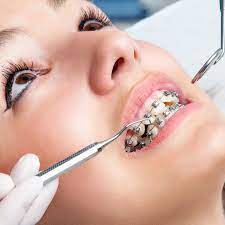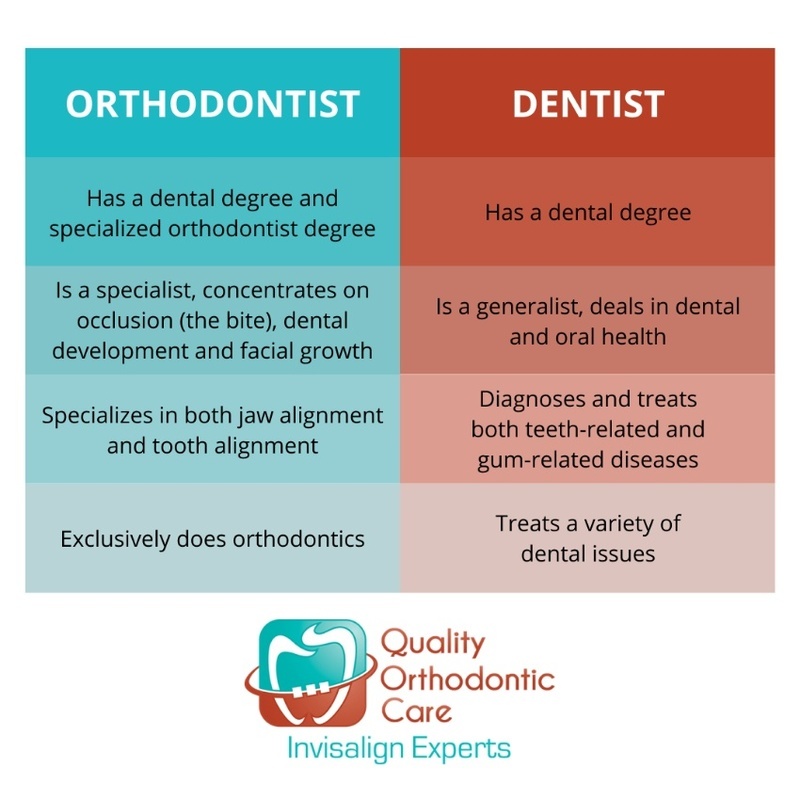The Ultimate Guide To Causey Orthodontics
Table of ContentsCausey Orthodontics for DummiesExamine This Report on Causey OrthodonticsCausey Orthodontics Fundamentals ExplainedThe smart Trick of Causey Orthodontics That Nobody is Talking AboutThe smart Trick of Causey Orthodontics That Nobody is Discussing
Disregarding occlusal connections, it was typical to eliminate teeth for a variety of oral problems, such as malalignment or congestion. The idea of an intact teeth was not commonly valued in those days, making bite connections seem unimportant. In the late 1800s, the principle of occlusion was vital for creating trusted prosthetic substitute teeth.As these ideas of prosthetic occlusion proceeded, it ended up being an indispensable tool for dental care. It was in 1890 that the job and impact of Dr. Edwards H. Angle began to be felt, with his payment to modern orthodontics especially noteworthy. Initially concentrated on prosthodontics, he instructed in Pennsylvania and Minnesota prior to directing his focus in the direction of oral occlusion and the treatments required to preserve it as a regular condition, therefore becoming called the "daddy of modern orthodontics".

The principle of ideal occlusion, as proposed by Angle and included into a classification system, made it possible for a change towards treating malocclusion, which is any kind of variance from normal occlusion. Having a full collection of teeth on both arches was very demanded in orthodontic treatment as a result of the requirement for exact partnerships between them.
Getting The Causey Orthodontics To Work
As occlusion became the vital priority, facial percentages and aesthetics were disregarded - orthodontist services. To achieve excellent occlusals without using exterior forces, Angle postulated that having excellent occlusion was the most effective method to gain optimal face visual appeals. With the death of time, it came to be rather noticeable that also an exceptional occlusion was not suitable when taken into consideration from an aesthetic perspective
It became evident that orthodontic treatment can adjust mandibular development, leading to the development of useful jaw orthopedics in Europe and extraoral pressure actions in the United States. Nowadays, both practical appliances and extraoral tools are used around the world with the goal of changing growth patterns and forms. Subsequently, pursuing real, or at the very least enhanced, jaw connections had come to be the major objective of therapy by the mid-20th century.
About Causey Orthodontics
 The American Journal of Orthodontics was developed for this purpose in 1915; prior to it, there were no scientific objectives to adhere to, nor any type of accurate category system and brackets that lacked functions. Up until the mid-1970s, braces were made by wrapping steel around each tooth. With improvements in adhesives, it became possible to instead bond steel braces to the teeth.
The American Journal of Orthodontics was developed for this purpose in 1915; prior to it, there were no scientific objectives to adhere to, nor any type of accurate category system and brackets that lacked functions. Up until the mid-1970s, braces were made by wrapping steel around each tooth. With improvements in adhesives, it became possible to instead bond steel braces to the teeth.This has actually had purposeful results on orthodontic therapies that are provided routinely, and these are: 1. Appropriate interarchal connections 2. Right crown angulation (tip) 3.
The advantage of the design hinges on its bracket and archwire combination, which calls for just very little cable flexing from the orthodontist or clinician (orthodontist expert). It's aptly named hereafter function: the angle of the port and density of the bracket base ultimately determine where each tooth is positioned with little requirement for additional control
4 Simple Techniques For Causey Orthodontics
Both of these systems utilized the same brackets for each tooth and required the bending of an archwire in 3 airplanes for locating teeth in their preferred positions, with these bends determining ultimate positionings. When it involves orthodontic appliances, they are split into 2 types: detachable and dealt with. Removable home appliances can be taken on and off by the individual as required.

Therefore, mostly all modern-day fixed home appliances can be thought about variants on this edgewise home appliance system. Early 20th-century orthodontist Edward Angle made a major payment to the world of dental care. He developed 4 distinctive home appliance systems that have actually been utilized as the basis for many orthodontic treatments today, preventing a few exemptions.
The 9-Second Trick For Causey Orthodontics

The cable ended in a string, and to relocate ahead, an adjustable nut was used, which permitted a boost in circumference. By ligation, each private tooth was affixed to this expansive archwire (orthodontist expert). Because of its minimal series of motion, Angle was not able to achieve specific tooth placing with an E-arch
These tubes held a firm pin, which could be rearranged at each appointment in order to relocate them in position. Dubbed the "bone-growing home appliance", this contraption was thought to encourage much healthier bone growth because of its possibility for transferring pressure directly to the origins. Implementing it verified troublesome in truth.